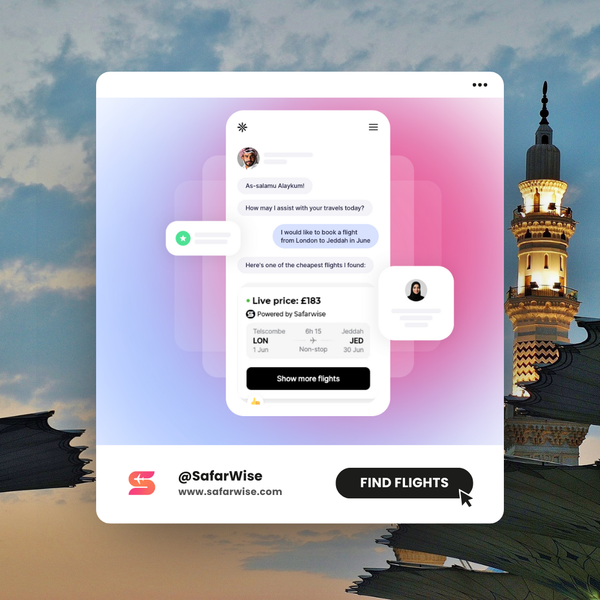Why Most Startups Fail at Go-To-Market (and how to Avoid it)

Introduction
Products don’t fail because they’re badly built. They fail because nobody buys them.
CB Insights reports that 35% of startups fail because there’s no market need, and 19% fail because of poor distribution. The tech is rarely the issue. The go-to-market is.
At Engycs, we’ve spent 15 years helping founders and corporates bring products to market. The pattern is clear: teams obsess over building, but avoid selling. This article unpacks why and how to flip the script.
Mistake #1: Selling to “everyone”
Startups often say, “Our product is for any company that…” That’s code for we don’t know our customer yet.
Example: A SaaS startup had a brilliant workflow tool. But they chased every lead from retail, healthcare, finance. No traction. When we narrowed their focus to mid-size marketing agencies, sales started landing within weeks.
👉 Lesson: if you’re selling to everyone, you’re selling to no one.
Mistake #2: Over-relying on inbound
Founders dream of a viral launch, but reality is less glamorous. Without outbound outreach, inbound dies in silence.
A HubSpot study shows that 90% of startups rely on referrals and word-of-mouth, but that doesn’t scale.
At Engycs, we design outbound sprints: short, sharp outreach campaigns targeting 50–100 ideal accounts. That alone often generates the first paying customers.
Mistake #3: No clear pricing narrative
Pricing isn’t numbers but it’s storytelling. Customers need to know why this tool is worth paying for.
One startup we worked with had endless pricing confusion: free trials, discounts, sliding scales. Nobody understood the value. We simplified it into a one-page offer with 3 tiers. Conversion doubled.
👉 Rule of thumb: If you can’t explain your price in one sentence, customers won’t buy.
How to avoid failure: The Engycs approach
- Customer discovery before scaling
We run validation sprints: 20 conversations, 5–10 demos, before you scale. - Targeted outreach
Build an account list. Test messaging on a small segment. Adjust fast. - Simple offers
One flagship, clear ROI, strong CTA.
Research Insight
Harvard Business Review notes that execution risk is the biggest killer of digital projects. Not strategy, not technology. Execution.
That’s why early go-to-market discipline separates winners from failed pilots.
Takeaways
- Narrow your target until it hurts.
- Outbound is your ignition key.
- Simplicity in pricing builds trust.
Closing
Building is easy. Selling is hard. At Engycs, we help founders and corporates cross that chasm with turning prototypes into paying customers.
👉 Subscribe to Engycs Weekly for case studies and go-to-market lessons from the field.




